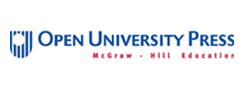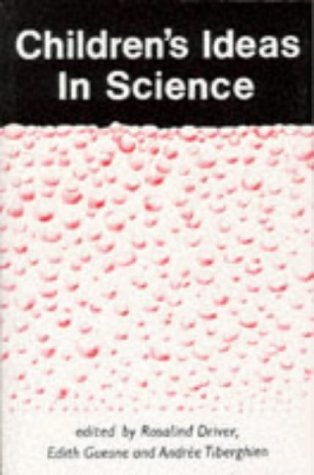- View more resources from this publisher
 Open University Press
Open University Press
Children's ideas in science

Children arrive in their science classrooms with their own ideas and interpretations of the phenomena they are to study even when they have received no systematic instruction in these subjects whatsoever. These ideas and interpretations are a natural result of everyday experience - of practical physical activities, of talking with other people, and of the media.
This book documents and explores the ideas of school students (aged 10-16) about a range of natural phenomena such as light, heat, force and motion, the structure of matter and electricity.
It also examines how students' conceptions change and develop with teaching. The editors have brought together science educators who come from different parts of the work but whose work is focused on the same determination to bring insight into the conceptual world of children in science classrooms - insight which will be helpful in making science teaching and learning more rewarding for teachers and children alike.
Show health and safety information
Please be aware that resources have been published on the website in the form that they were originally supplied. This means that procedures reflect general practice and standards applicable at the time resources were produced and cannot be assumed to be acceptable today. Website users are fully responsible for ensuring that any activity, including practical work, which they carry out is in accordance with current regulations related to health and safety and that an appropriate risk assessment has been carried out.




